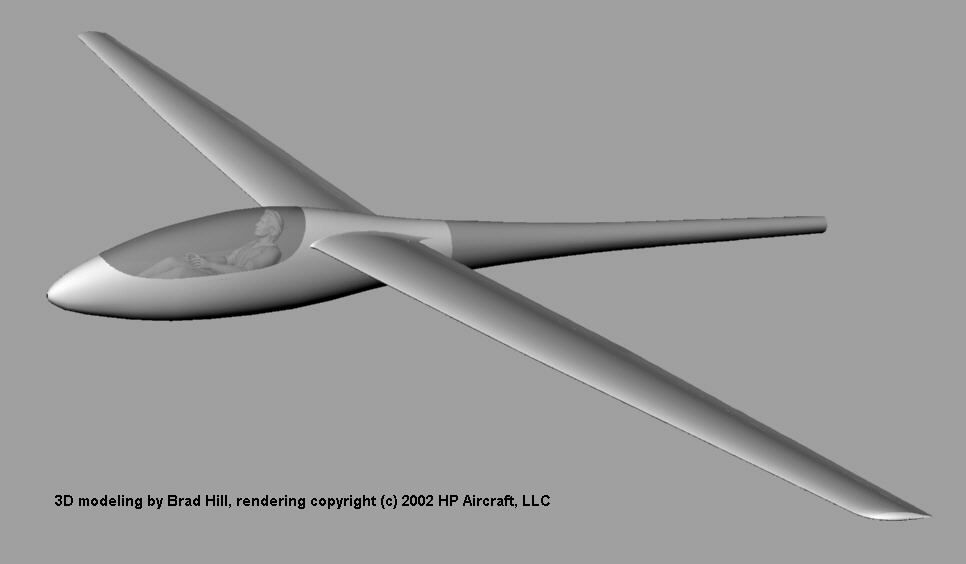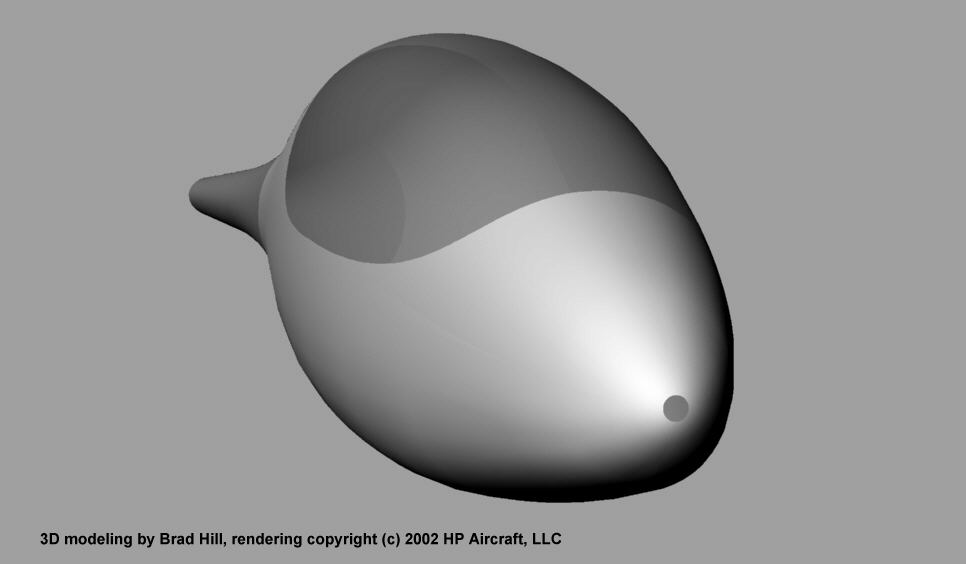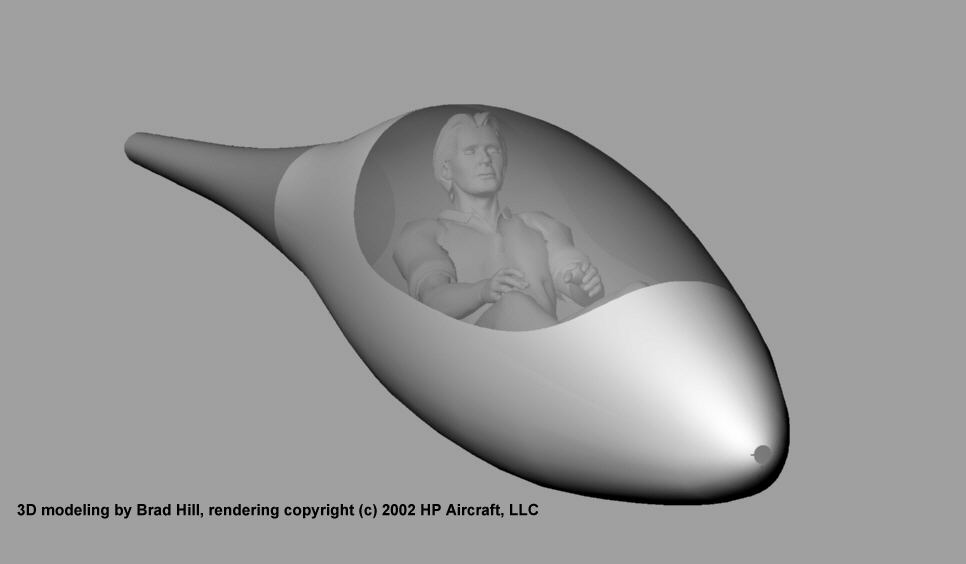
Last weekend, I was at the Seattle Museum of Flight, giving a pair of talks about glider design. Well, my talks were not the greatest, mostly because I'd pretty badly mis-analyzed the general audience's technical level and attention span, and because I wasn't properly prepared. The fact that Seattle weather was completely uncooperative didn't help - both days were fine and sunny, perfect for doing anything besides spending the day indoors at a museum.
However, I had a great old time reacquainting myself with the MOF, and seeing their new exhibits. The Seattle glider clubs did a great job of organizing the Soaring Expo, and a great job of promoting all phases of soaring. For temporary exhibits they had the Sparrowhawk, an LS-8, a Standard Cirrus, a Nimbus 3, and a brand new Russia. They also had an SFS4 simulator that was enjoyed by all (even those who crashed it).
Also, I finally got a chance to meet Eric Greenwell, John Gilbert, Bill Avolio, and Brad Hill. Oh, and also Jim Cooper, who showed me all the fabulous work he's done to assemble and finish his new Russia AC-4. Theyre all great people, and meeting and talking with them made my trip to Seattle completely worthwhile.
A while back, Brad Hill offered to do 3D modeling of the HP-24, and reaffirmed that offer while I was in Seattle. So, when I got back on Monday, I sent him a set of profiles and outlines to play with.
Imagine my surprise when, only two days later, he sends me the following magnificent 3D renderings of the ship. He's done a great job of turning my 2D profiles and working drawings into 3D renderings. I'm really pleased with the result, and I'm really glad for his help. He's still working on it (that's why the tail is still absent), but from what I see here, it's going to be just super when its all done.
The picture below is the latest rendering, showing the basically everything except the tail. The wing planform is accurate, although the profile isn't technically correct. The aft fuselage is colored differently to delineate it from the part that's made in the forward fuselage mold. The pilot is Brad's "Lumberjack" model that he's used in other 3D renderings. Brad invented the wing/fuselage junction fillets you see here based on a rough sketch that was in my working drawings. I'm really pleased with the way it turned out, and I will probably end up copying his design when we make the actual fillets.

A forward quarter view of the fuselage and canopy, minus the wings and fillets.

Another forward quarter view, this time further off-axis.

Another forward quarter view, this time with the "Lumberjack" pilot installed. I don't know how tall of a person the Lumberjack represents, but it sure seems to me like there's plenty of headroom. But no, the phrase "Max Headroom" didn't occur to me until after I'd written that _and_ looked at the rendering.

page updated 6 March 2002 all text and graphics copyright (c) 2002 HP Aircraft, LLC